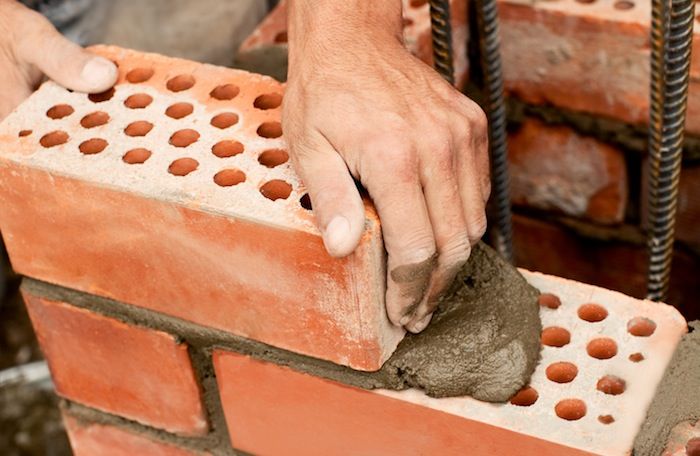There are almost 700,000 empty homes in England, and charities and lenders say bringing these properties back into use would be a powerful tool in the government’s drive to solve the country’s housing crisis.
As Mortgage Strategy went to press it was National Empty Homes Week. The number of homes that were not in use stood at 676,452, an increase of almost 23,500, or 3.6%, from a year ago, according to the Department for Levelling Up, Housing & Communities (DLUHC).
It is important, in the middle of a housing crisis, to get homes that are sitting idle back into use
Over the past seven decades, the nation’s housebuilding has lagged that of comparable European countries. The UK now needs to build 4.3 million homes to catch up, says the Centre for Cities thinktank in its report entitled ‘The housebuilding crisis’, published at the end of February. It adds that the government’s ambition to build 300,000 homes a year would take around 50 years to hit that target.
Charities such as Action on Empty Homes are calling on the government to establish a £250m ‘empty homes’ fund in England, matched by local investment, to bring 25,000 of these properties into use over the next three years.
The body estimates that the average empty property in England would need around £20,000 to make it habitable.
Action on Empty Homes director Rebecca Moore says: “Many of these homes are a blight on the communities they stand in. It is important, in the middle of a housing crisis, to get homes that are sitting idle back into use.”
The government measures do not go far enough. They provide a lot of stick but not enough carrot. Home owners need investment
She points out this would help bring down the £1.2bn bill that local councils spent on providing temporary accommodation for homeless families in the year to March 2020, which had risen 9% on the previous 12 months, according to DLUHC figures.
In February, the Welsh government set up a £50m National Empty Homes Grant scheme to tackle its 22,000 empty homes, with grants of
up to £25,000 for homeowners to refurbish these properties.
Welsh climate change minister Julie James said the aim was to use these “wasted housing resources” to “reduce the number of empty properties and, therefore, increase housing supply”.
The Scottish government since 2010 has funded the Scottish Empty Homes Partnership, which has a remit to bring down the nation’s 43,766 long-term empty homes.
In 2021 the scheme brought back 1,152 empty properties into use, its 2022 annual impact report says, compared to 851 homes the previous year and 1,412 in 2019.
The refurbishment and repurposing of old, or empty, properties makes great financial, economic and social sense
The modest number of homes that Scotland has restored to use shows the difficulty of this work, which is partly because empty homes span a large variety of dwellings.
“Empty homes come in all shapes and sizes,” says Leeds Building Society, which backs National Empty Homes Week.
“They include derelict homes as well as homes that need just some slight renovation. But they also include new-build flats that have been purposely left untenanted.
There is a growing sense that these empty properties could provide some of the solutions to the housing crisis the country faces
The lender adds that “there are neighbourhoods throughout the country with large clusters of empty homes”, because properties that were, under previous legislation, earmarked for demolition have since been saved after rule changes. However, the delay has caused these properties to fall into disrepair.
This problem mirrors the country’s north/south divide, the lender adds. The Northeast has the highest percentage of empty properties, at 3.3%, followed by both Yorkshire/Humber and the Northwest on 3%.
London has the lowest percentage of empty homes, at 2.4%, below the 2.7% average across England.
England ran a £216m Empty Homes Programme fund from 2012 to 2015, which brought 9,044 homes back into use, but it scrapped the scheme, opting to focus on affordable homes programmes instead.
There are neighbourhoods throughout the country with large clusters of empty homes
The government’s Levelling-up and Regeneration Bill includes an amendment to cut the amount of time a property may remain empty before local authorities can double its council tax charge. This would be reduced by half to one year from next April, if passed.
The bill, currently at the committee stage in the House of Lords, also allows authorities to double the council tax on substantially furnished homes that have no residents but are occupied periodically, from next spring.
Action on Empty Homes’ Moore says: “We support the government’s measures in the bill, but they do not go far enough.
“These moves provide a lot of stick, but not enough carrot. Property owners need investment to bring these homes up to standard.”
Empty homes come in all shapes and sizes
Leeds Building Society director of mortgage distribution Martese Carton adds: “Although the current number of empty properties is a national disgrace, there is a growing sense that these empty properties could provide some of the solutions to the housing crisis the country faces.”
“There is little doubt that the refurbishment and repurposing of old, or empty, properties makes great financial, economic and social sense as it could provide affordable homes for hundreds of thousands of people.”
This article featured in the March 2023 edition of MS.
If you would like to subscribe to the monthly print or digital magazine, please click here.








